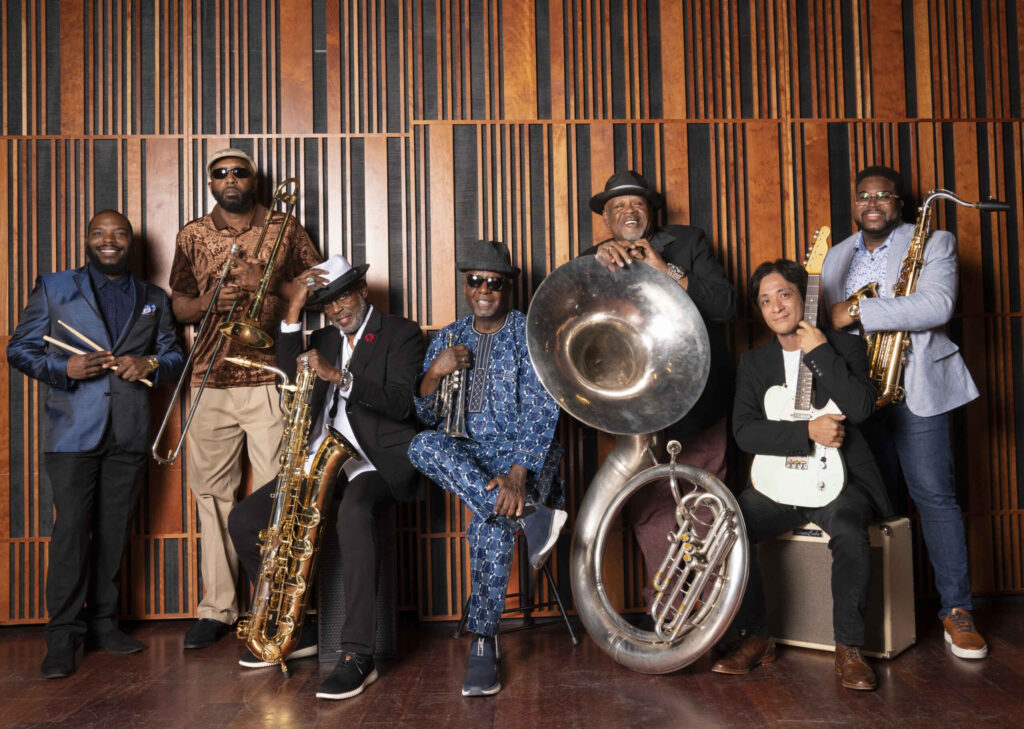Few events rival the exuberance and vibrancy of Mardi Gras, the jubilant carnival celebrated predominantly in areas with French cultural roots, notably New Orleans, Louisiana. At its heart lies Fat Tuesday, the culmination of indulgence before the solemn season of Lent. However, the essence of Mardi Gras extends far beyond mere revelry; it’s about diversity, commonality and equity.
The origins of Mardi Gras trace back centuries, with elements of pagan rituals, Christian traditions, and cultural assimilation. Upon researching its origin, I found that the festival’s roots can be traced to the ancient Roman celebrations of Saturnalia and Lupercalia, where social norms were inverted, and indulgence reigned supreme. As Christianity spread, these festivities merged with the pre-Lenten observances, leading to the development of Carnival, from the Latin “carne vale,” meaning “farewell to meat.”
The cultural significance of Mardi Gras deepened as it journeyed across continents, taking root in France before blossoming in the French colonies of the New World. The first Mardi Gras in North America is believed to have been celebrated in 1699, when French explorers landed near present-day New Orleans and held a small revelry to mark the occasion.
In the melting pot of Louisiana, Mardi Gras evolved into a spectacular amalgamation of European, African, and Native American influences. The vibrant parades, elaborate costumes, and pulsating rhythms reflect the diverse heritage of the region, embodying a spirit of inclusivity and celebration. Even the traditional masks worn during Mardi Gras are a symbol of equity as, during early Carnivals, people put on masks to be able to mingle outside their class and keep their reputation untarnished.
Central to the Mardi Gras experience is the concept of “krewes,” social organizations responsible for orchestrating the elaborate parades and balls that define the festivities. These krewes, many of which have centuries-old traditions, serve as custodians of Mardi Gras culture, upholding rituals and pageantry passed down through generations.
The music of Mardi Gras gathered influences from the sounds of the Caribbean, Africa, France, and Spain, while incorporating Native American chanting. When brass instruments entered the mix, the fusion between percussion-driven African folk music and horn-heavy military sound created the definitive sound we now associate with Mardi Gras.
For the people of New Orleans and beyond, Mardi Gras is more than just a day on the calendar; it’s a way of life—a testament to resilience and community spirit. In the aftermath of Hurricane Katrina, Mardi Gras emerged as a beacon of hope, signaling the city’s revival and reaffirming its cultural identity in the face of adversity.
At its core, Mardi Gras embodies the ethos of joie de vivre—the joy of life—a philosophy that transcends boundaries of race, religion, and creed. It’s a time to cast aside inhibitions, embrace spontaneity, and revel in the richness of human connection, standing as a testament to the power of unity and shared experience. It’s a reminder that, despite our differences, we are bound together by a common humanity.
Celebrate Mardi Gras at the California Center for the Arts, Escondido on Saturday, Feb. 10 at 7:30pm with Mardi Gras Mambo featuring The Dirty Dozen Brass Band and Nathan & the Zydeco Cha Cha’s.
Gina Lopez is CEO at the California Center for the Arts, Escondido. To learn more about California Center for the Arts, Escondido go to artcenter.org.

